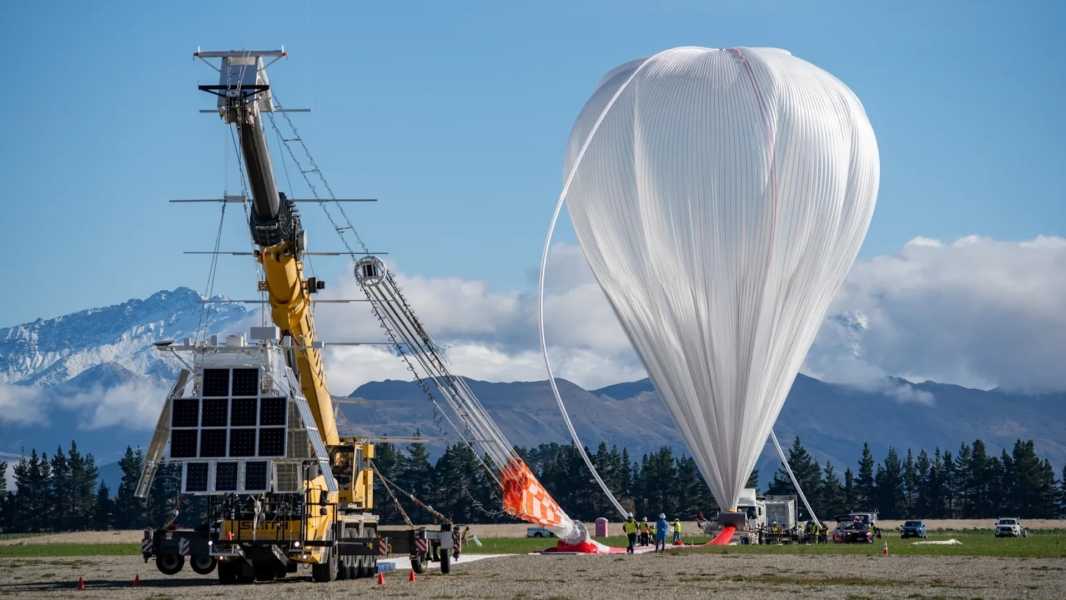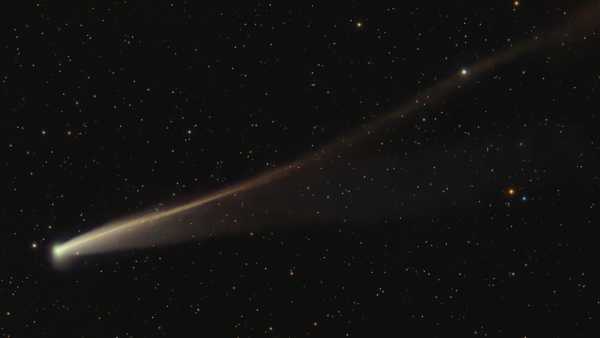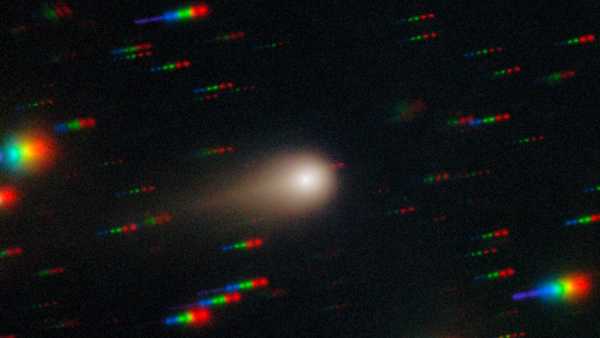
NASA inflates the second ultra-high-pressure balloon before its launch in New Zealand on May 3, 2025. (Photo credit: NASA/Bill Rodman)
NASA has just achieved a remarkable feat: one of its massive super-high-pressure balloons successfully circled the Southern Hemisphere in just 16 days.
The balloon crossed 169.24 degrees east longitude on Saturday (May 3), an event that confirmed that the high-flying vehicle can operate stably at extreme altitudes during both day and night, making it a reliable platform for long-duration scientific research. Unlike rockets, balloons are a more cost-effective option for long-duration scientific missions, as they can collect data on an extended scale without the need for launch vehicles or complex propulsion systems.
Launched in mid-April from Wanaka, New Zealand, the balloon, which is roughly the size of a football stadium when fully inflated, rose to an altitude of about 21 miles (33 kilometers) just two hours after liftoff, according to a NASA statement. Although the balloon spent most of its time drifting high above the ocean, lucky observers were able to see it from a nearby airport shortly after launch.
The mission ended Sunday (May 4), well ahead of its planned 100 days, after teams discovered a small leak that was beginning to affect the balloon's altitude, according to another NASA statement. While the balloon remained stable during daylight hours, cooler nighttime temperatures caused it to drop — especially over colder areas and storm systems — sometimes as much as 11 miles (18 km).
Mission controllers lowered the balloon into a predetermined landing zone in the Pacific Ocean, several hundred miles east of New Zealand. Its onboard payload, weighing about 2 tons, acted as an anchor, pulling the balloon to the sea floor and minimizing environmental impact, NASA officials said.

NASA's ultra-high altitude balloon completed a full orbit of the Southern Hemisphere on Saturday (May 3) after 16 days of flight.
“While it would have been better to return the equipment, we were able to provide telemetry for all of our core data, both science and mission support,” said Gabriel Garde, NASA's balloon program manager at the agency's Wallops Flight Facility in Virginia.
Despite the premature end, NASA officials noted that the mission achieved its key objective: to test and qualify ultra-high-pressure technology for future scientific applications.
The expedition used a scientific instrument called the High-altitude Interferometer WIND experimental (HIWIND), which collected data on atmospheric winds. This data helps
Sourse: www.livescience.com





